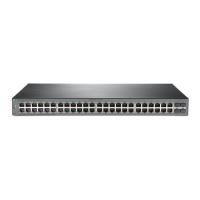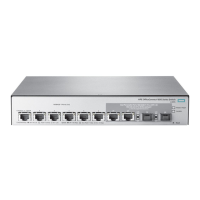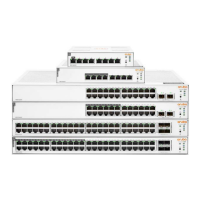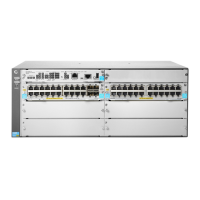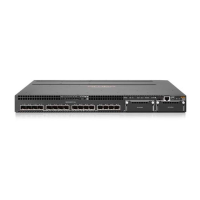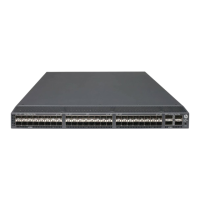151
telnet ipv6
Use telnet ipv6 to Telnet to a host in an IPv6 network.
Syntax
telnet ipv6 remote-host [ -i interface-type interface-number ] [ port-number ]
Views
User view
Predefined user roles
network-admin
Parameters
remote-host: Specifies the IPv6 address or host name of a remote host. A host name is a
case-insensitive string of 1 to 253 characters that can contain only letters, digits, hyphens (-),
underscores (_), and dots (.).
-i interface-type interface-number: Specifies the outbound interface for sending Telnet packets by its
type and number. This option is required when the server address is a link-local address.
port-number: Specifies the TCP port number for the Telnet service on the remote host. The value
range is 0 to 65535, and the default is 23.
Usage guidelines
To terminate the current Telnet connection, press Ctrl + K or execute the quit command.
Examples
# Telnet to the host at 5000::1.
<Sysname> telnet ipv6 5000::1
transceiver phony-alarm-disable
Use transceiver phony-alarm-disable to disable transceiver module source alarm.
Use undo transceiver phony-alarm-disable to enable transceiver module source alarm.
Syntax
transceiver phony-alarm-disable
undo transceiver phony-alarm-disable
Default
Transceiver module source alarm is disabled.
Views
User view
Predefined user roles
network-admin
Usage guidelines
This command is not available in Release 3111P02.
The device regularly checks transceiver modules for their vendor names. If a transceiver module
does not have a vendor name or the vendor name is not HPE, the device repeatedly outputs traps
and log messages.
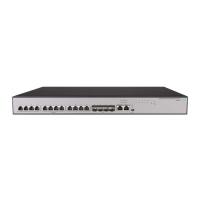
